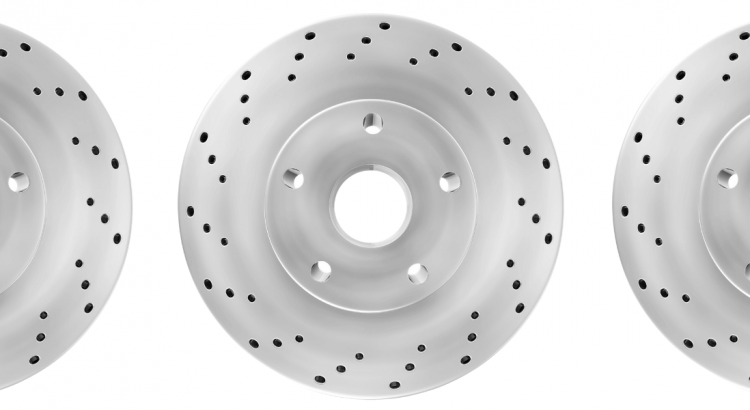
When to change the Brake Discs?
In this article we explain the different types of brake discs, when to replace them and some care to be taken with this component.
Brake discs
Brakes are one of the most important components of any car. Modern cars have disc brakes to ensure more efficient braking, as they are the ones that cause the car to stop safely in conjunction with ABS and traction control systems. Safety systems, brakes, pads and tires work together to safely stop the car.
When braking, discs are fractioned by the pads to stop the vehicle. Between pads and discs it is essential that there is no debris that prevents this type of friction and that the disc is smooth, just like the pads to ensure a smooth and safety drive.
What types of brake discs?
Solid brake discs
Solid are present in less powerful city cars. The biggest advantage of this type of disc is reduced cost for the car manufacturer. On the other hand, this is one of the types of brake disc with less technology and therefore can be less efficient in emergency braking.
Perforated brake discs
Perforated, also known as ventilated discs, are a small evolution of solid discs. This type of disc have openings on the entire surface to circulate air and easily cool the discs after braking.
Although the openings allow the disc to cool down, the contact surface between the disc and the pad is smaller, making it less efficient in braking.
Ceramic brake discs
Ceramic, also known as carboceramic discs, are a type of disc used in high-performance cars and do not overheat after several brakings at high speeds. To lock at maximum strength, ceramic discs require heating for maximum braking resistance. Despite the advantages, this type of disc has an extremely high price and is noisy if used in the daily basis.

When to change the brake discs?
There is no set life span for brake discs. Change always depends on factors such as vehicle´s brand, driving style and the type of roads on which you travel daily. According to experts, disc brakes should be replaced every 80,000 km, since from the moment the disc loses 20% of its original thickness it is no longer effective.
When checking the condition of the brake pads, you should also check the condition of the discs. To do this you can use the brake disc thickness gauge in the KROFtools catalogue.
What are the symptoms of a poor brakes discs condition ?
- Lack of braking accuracy
- Brake light on in the dashboard
- Soft brake pedal
- Wheels locking
- Scratched discs
- Brake pedal vibration

5 Cares to take with your brake discs
- Avoid wet the brake discs after a trip – with the hot discs, a sudden temperature change can lead to cracks on it
- Perform periodic maintenance every 5,000 km ;
- Avoid sudden brakes ;
- Be careful with flooded streets.
What’s the price?
Depending on the type and the car in question, the prices can start at 50 euros and reach 300 euros.
Looking to learn more about the automotive world? So, follow us on Facebook and follow all the content we share daily.
![]()
